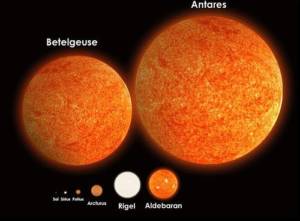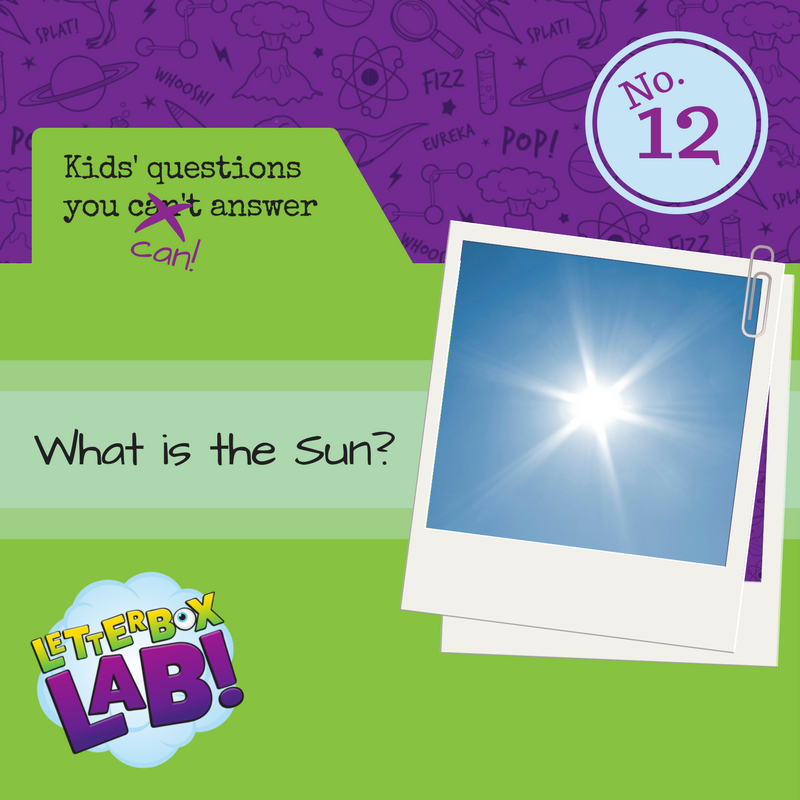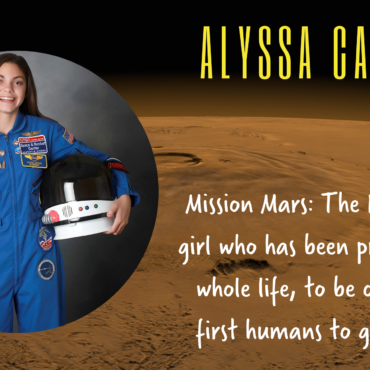It might have been difficult to notice through Storm Doris yesterday, but with every day there is a sunrise and a sunset. In between, the familiar ball of fire appears to crawl its way across the sky, bringing us light and warmth. But what is the Sun?
The Sun is our nearest star, at a mere 150 million kilometres away. As we’ve explained in a previous post, stars are hot balls of gas that are gradually collapsing in on themselves, releasing enormous amounts of energy. Nuclear reactions in their core release more energy and fuse little atoms into bigger atoms. Our Sun is doing just that, cooking up atoms and releasing energy. It is the centrepiece of the Solar System, holding the nine planets and multitude of asteroids, comets and dwarf planets locked into orbits around it.
What makes the Sun special?
The Sun is special to us because without it, there would be no life on Earth. The Sun’s heat warms the planet enough that liquid water can exist, and its light kick-starts the food chain by allowing plants to grow.
Apart from that, there’s nothing particularly special about the Sun. It’s not especially big – just over 100 times wider than Earth but a pea compared to some of the other stars we can see.

Our almighty Sun looks positively puny next to these enormous stars. You can see Betelgeuse yourself as the bright red shoulder of Orion. Credit: By rainfall [CC BY-SA 4.0 (http://creativecommons.org/licenses/by-sa/4.0)], via Wikimedia Commons
Are there other Suns?
On Wednesday NASA made an exciting announcement. A star had been discovered hosting its own system of seven Earth-sized planets, three of which were at just the right distance from the Sun to have liquid oceans. These planets are called exoplanets – “exo” meaning “outside” of our Solar System – and they can be added to the list of more than 1000 known exoplanets. So our Sun is not even unique in being accompanied by planets – in fact, it has been estimated that there is an average of one planet for every star in the Universe.
The great thing about your child asking this question is that you have an instant resource to point out to them. Go outside this evening, when it’s dark, and look up at the stars. Many of them are just like our Sun, providing light and warmth to their own planets.




Add Comment